Runaway Diesel: What to do when you cannot turn off the engine?

Runaway diesel, or diesel engine runaway, is a malfunction that prevents the diesel engine from turning off and leads to its self-destruction. Such a situation can scare many people because the engine roars and produces enormous smoke.
This article will shed light on the runaway diesel, what is causing this problem, and what needs to be done in such a situation to avoid the destruction of the engine.
Inhaltsverzeichnis
Introduction
What is the diesel engine runaway? Simply put, it is a malfunction during which the engine starts to consume the engine oil uncontrollably. If such a malfunction occurs, it usually ends with the destruction of the engine due to a lack of lubrication.
Many people do not know what to do when such a situation occurs. They tend to get scared and run away from the car because they think that their car will explode, like in a Hollywood movie.
How does a runaway diesel malfunction manifest itself?
In short, it's a situation in which depressing the accelerator pedal won't result in lower RPM. However, it does not end there. In addition to the fact that it is impossible to decrease the RPM, the engine gradually accelerates more and more, even if you pull over and put your car in neutral.
The first thing that probably comes to every driver's mind is to take the key out of the ignition. After removing the key from the ignition, an unpleasant surprise occurs - the engine continues to run and constantly accelerates.

Car Exhaust Smoke: What problem does the color indicate?
Engine speed thus increases until the engine itself is destroyed or seized. As the name of this issue implies, runaway diesel concerns exclusively diesel engines.
Why can runaway diesel only occur with a diesel engine?
The most significant difference between a diesel engine and a petrol engine is that with a petrol engine, the mixture is ignited using a spark plug and thus requires a constant supply of electricity. In addition, the petrol engine is equipped with a throttle valve that regulates the combustion chamber's air supply.
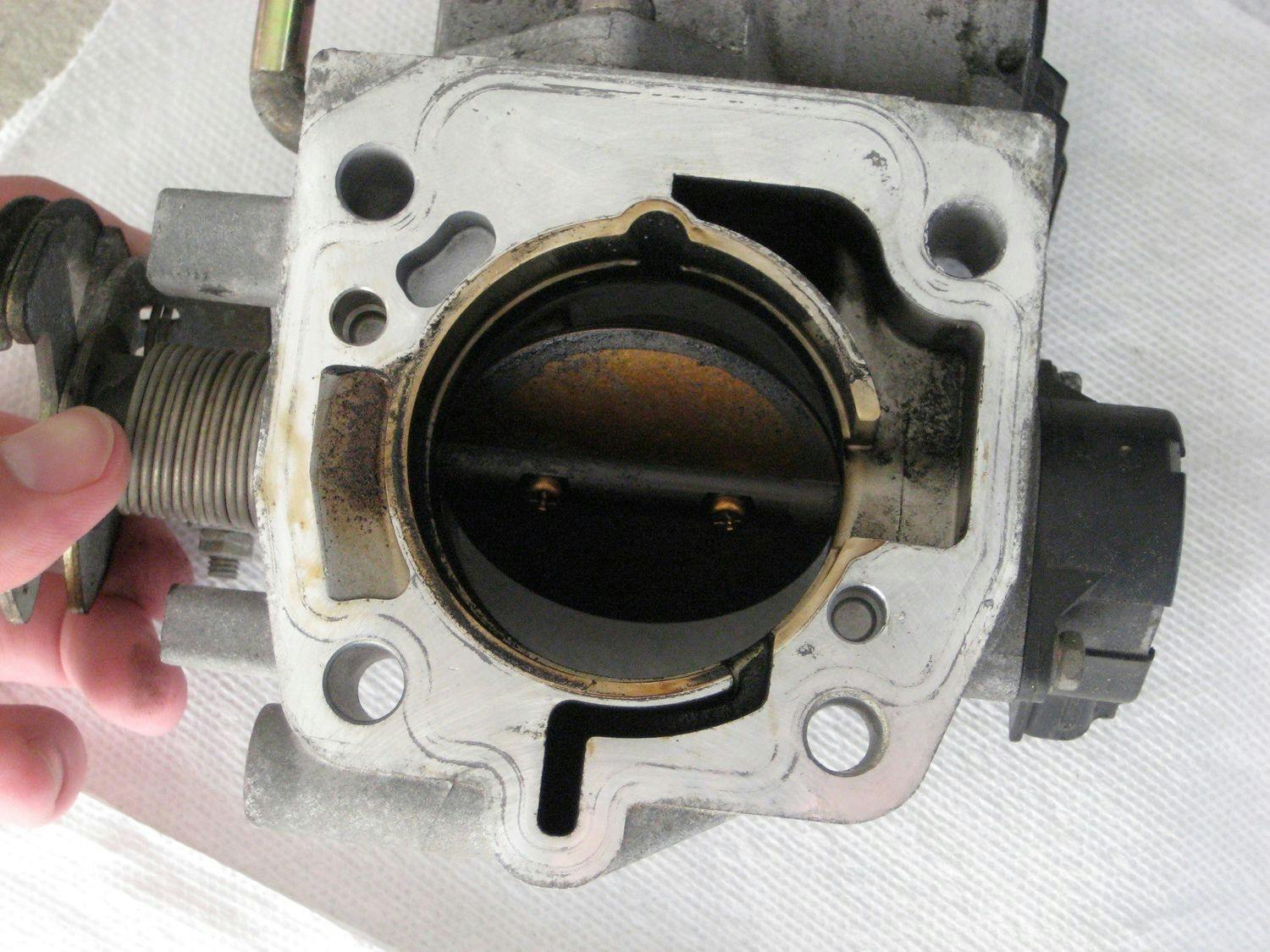
Throttle valve: How it works and its possible malfunctions
However, with a diesel engine, you can usually control the performance only by regulating the fuel. Modern diesel engines can also be equipped with a throttle valve, which mainly serves to shut down the engine more gently. Older cars on our roads are not equipped with it.
A diesel engine can run even when sucking in large amounts of air and injecting only a minimum amount of fuel into the combustion chamber. That is why a throttle valve is not necessary for a diesel engine. The engine thus sucks in the maximum possible air and regulates its performance only by the amount of injected fuel.
The ignition of the mixture takes place in the diesel engine as follows:
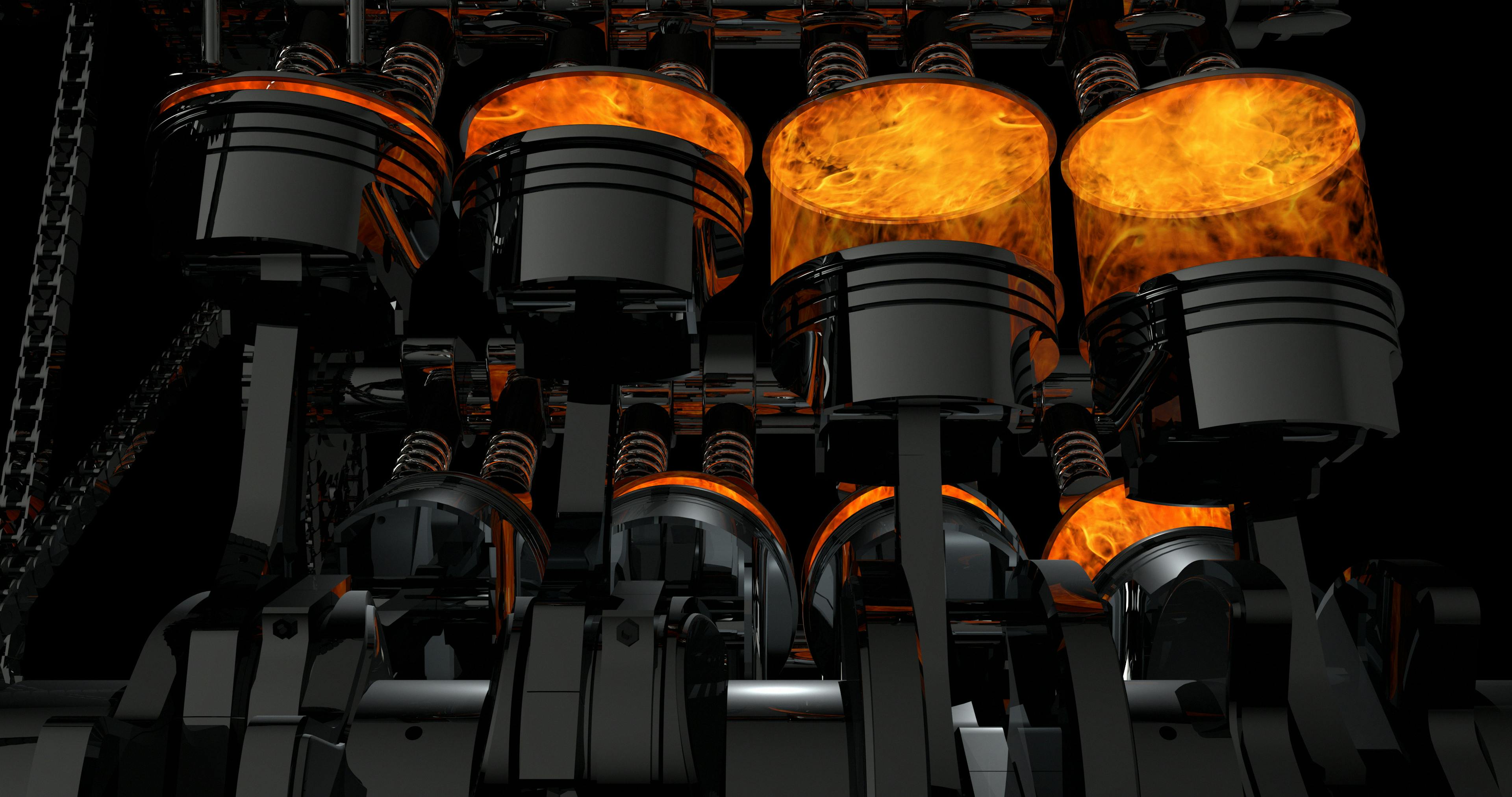
Air is sucked into the combustion chamber, into which fuel is injected until just before the end of the compression phase. The mixture is ignited using high pressure and temperature in the cylinder. Therefore, a diesel engine, unlike a gasoline engine, only needs a constant supply of fuel and air to work.
Cause of runaway diesel failure
Engine oil in cylinders. As said, a diesel engine only needs constant fuel and air to function. In this case, the engine oil in cylinders becomes the fuel. The engine is supplied with oil until completely depleted, which causes mechanical destruction due to high revs. Otherwise, the engine could seize due to insufficient lubrication when the oil is depleted.

Seized Engine: What does it mean, and what's the cause?
After removing the key from the ignition, the driver cuts off the electricity supply and, thus, the fuel supply. However, this has no effect, because just shutting down electricity and fuel supply is insufficient. There is still enough air and fuel in the form of engine oil.
In addition, the oil pump is driven by a crankshaft and thus pushes more and more oil into the intake pipe or the cylinders with increasing RPM. The fact that engine oil gets into the cylinders is the cause of the malfunction called runaway diesel.
How does engine oil get into the cylinders?
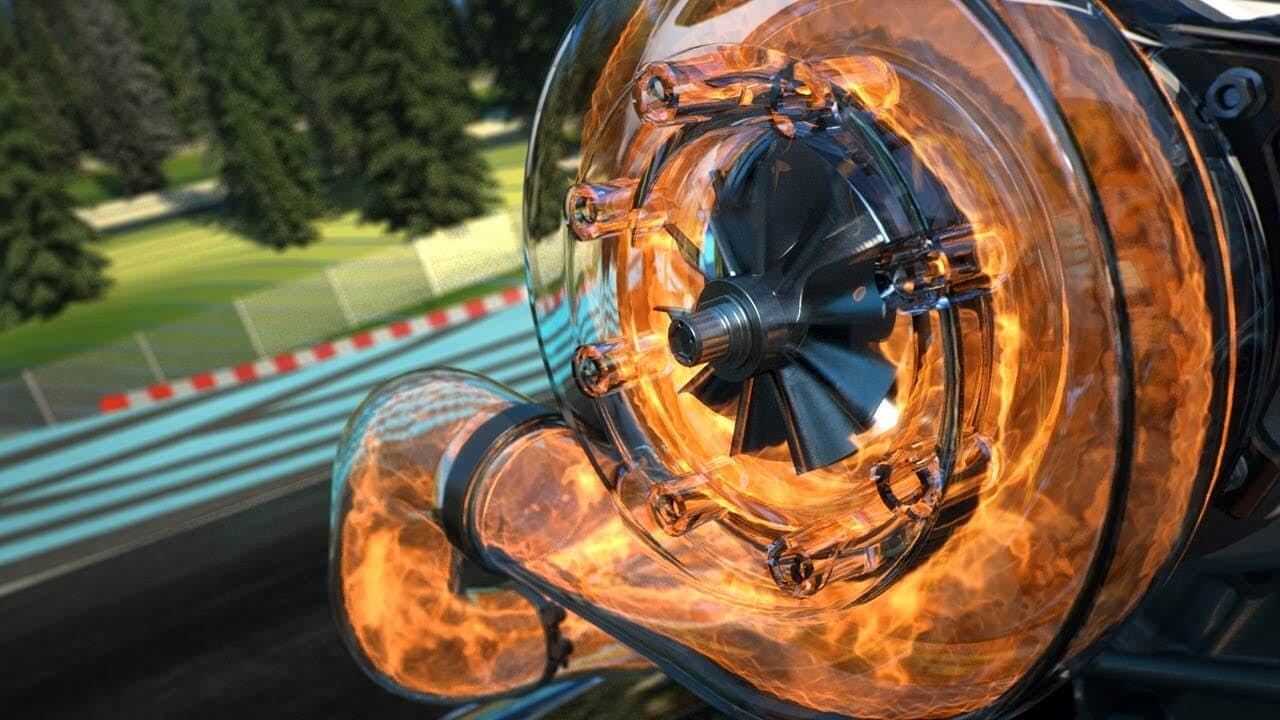
There can be several reasons. Engine oil can get into the cylinders with a damaged turbocharger. As we all know, the rotating parts of the turbocharger are lubricated with engine oil. In case of damage to the seal, the turbocharger will drive it together with air directly into the cylinders.
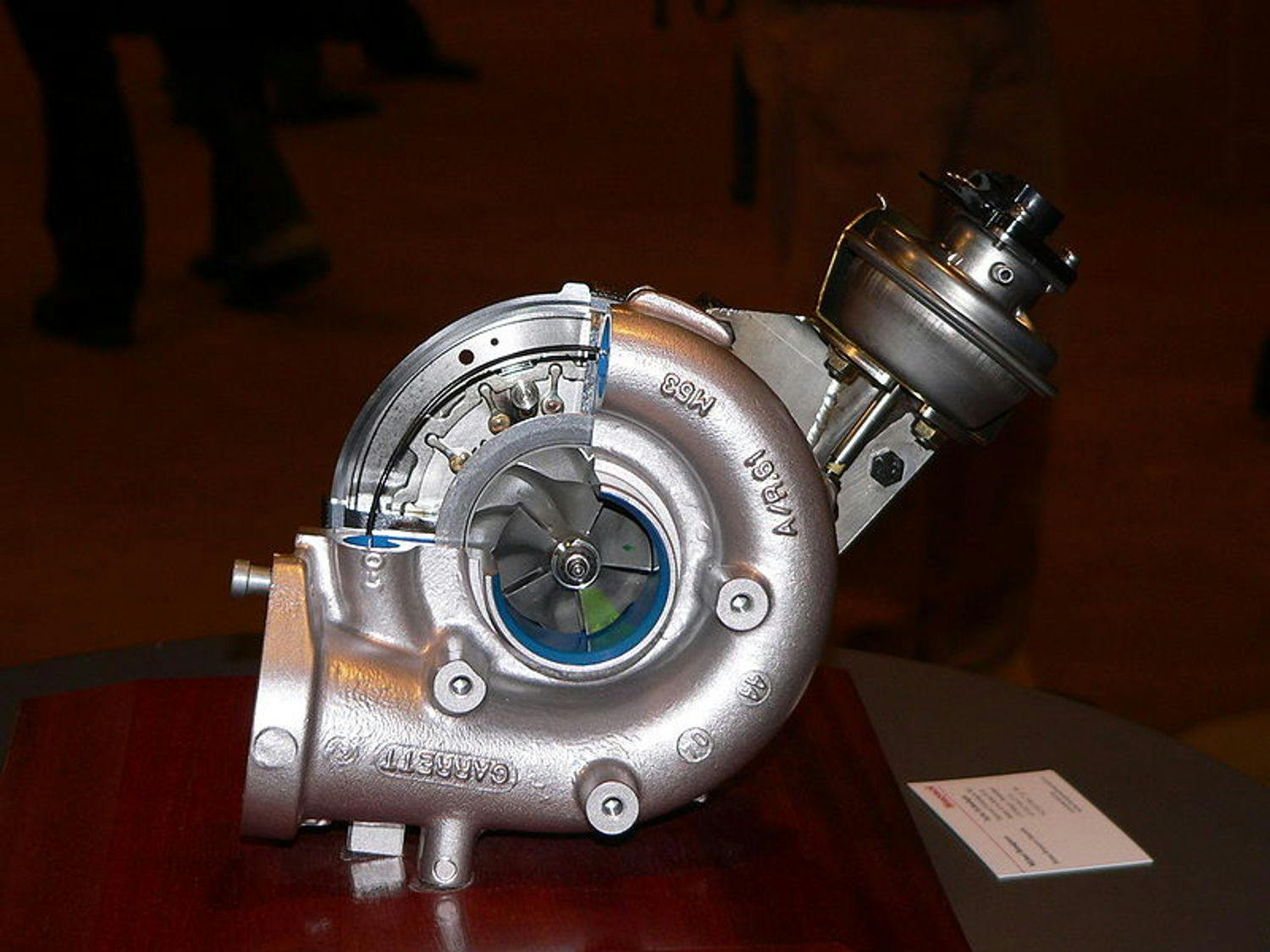
Turbocharger: What are its advantages, and what is turbo lag?
This will increase the engine's speed and, thus, the speed of the turbocharger itself, which constantly pushes more air and engine oil into the cylinders until the engine is mechanically destroyed or seizes.
Oil leakage into the intake manifold through the turbocharger may initially be negligible. Though, after exceeding a specific limit, the amount of oil released into the intake manifold is large enough to cause the runaway diesel failure.
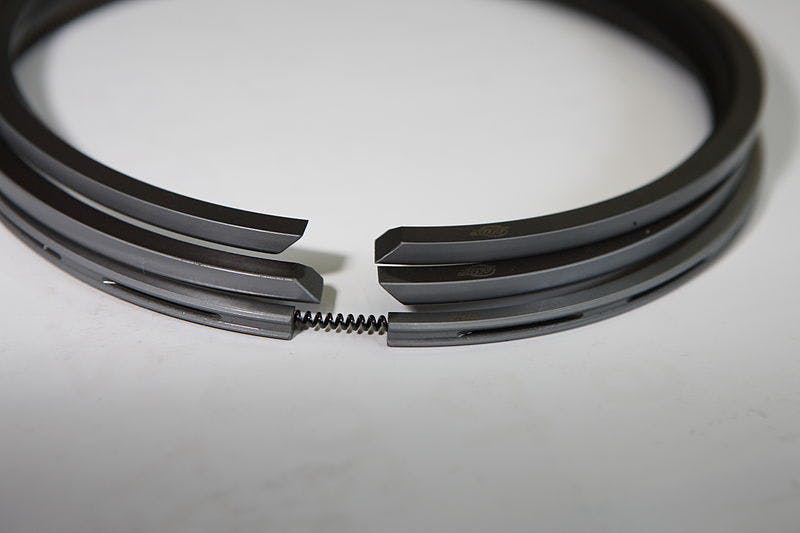
However, the oil does not have to get into the cylinders only through the turbocharger. Another cause of oil penetration into the cylinders can be worn piston rings.

Piston Rings: What are their function and types?
Worn piston rings cause a leak in the combustion chamber, which means that the mixture can penetrate the crankcase, and from there, it is forced out through the crankcase ventilation, together with engine oil, into the intake manifold.
From the intake pipe, this mixture of air and oil travels back to the cylinders, which will cause the result to be the same as in the previous case.
What to do in the event of a runaway diesel failure?
Even if this malfunction does not scare you off, walking away from the car is the safest solution. You have two options if you don't want to do just that and wait for engine destruction. Bear in mind that doing so is at your own risk.
- Shut off the air supply.
- Switch off the engine mechanically.
If your car has a manual transmission, it's a pretty easy task. You turn off the engine by engaging the fifth or sixth gear, depressing the brake pedal, and depressing the clutch.
However, with an automatic transmission, the situation is a little different, and you only have one option: shut the engine off from the air supply. To shut off the air supply to the engine, you can use, for example, a fire extinguisher, the contents of which you spray into the intake pipe and thus prevent the fuel in the cylinders from igniting.
Though, if you don't have a fire extinguisher, a rag or a piece of clothing to block the suction pipe will also help. Keep in mind that the turbo will get destroyed by doing so. This is expected and acceptable, considering you'd have to replace the turbocharger anyway. All in all, you saved the engine from destruction.
How to prevent runaway diesel failure?
You can only prevent a runaway diesel failure by taking sufficient care of your car's engine. Nothing more, nothing less. Don't ignore weird such as engine rattling or knocking, illuminated warning lights, and other issues; solve them as soon as possible. Your diesel car won't turn into an unstoppable self-destructive zombie.